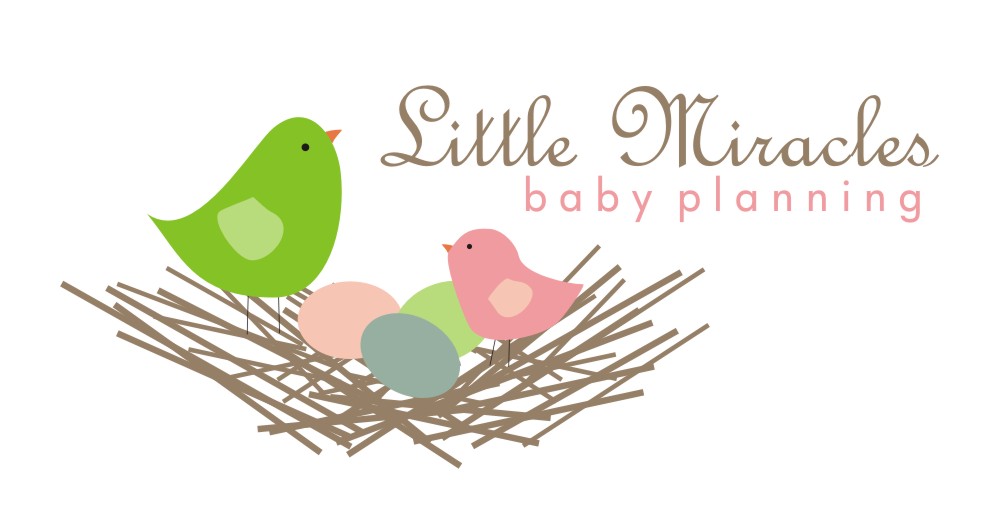Now that you've read all the pregnancy, baby care, and breastfeeding books out there, your thoughts might just be turning to what exactly is going to happen to you once your baby is here. How exactly is this going to change your life? How will your emotional makeup be different once you have this little person around?
The fact is, you can't know until your baby gets here ... your transformation into a mama will be unique to you and your baby. But luckily, there are a lot of fabulous women writers who have left a trail of breadcrumbs to follow as you find your own path. And there are some books really worth reading. Stock up on these books for some cozy, and illuminating, winter reading for the mom-to-be.

For just about any mom-to-be: Operating Instructions, Anne Lamott. It's a classic for a reason. Lamott retells the story of her first year of raising her son Sam in funny, sad, heartbreaking, and hopeful detail.

For the political mom-to be: The Mommy Myth: The Idealization of Motherhood and How It Has Undermined All Women, Susan Douglas and Meredith Michaels. This book outlines how we're all being sold a bill of goods by the media in terms of what mothers are supposed to be and do. The only drawback: The writers frequently come across as if they don't like children or motherhood at all, but that doesn't dull the importance of their message.

For the mom who loved Food, Inc.: The Bean Trees, Barbara Kingsolver. Kingsolver became beloved by sustainable food advocates when she wrote Animal, Vegetable Miracle with her family in 2007. It chronicles their adventures feeding themselves from their farm and neighboring ones; this, though, is her first novel and and her lovely, lyrical writing shines through as it has in every one since. Heroine Taylor Greer finds herself unexpectedly becoming a mother when a total stranger places a baby in her car and pleads with her to take the little girl. She does, and opens herself up in the process.

For the mom-to-be who bonds with her yoga class: Little Earthquakes, Jennifer Weiner. Three moms meet in a prenatal yoga class and become fast, if unlikely, friends when one of them goes into labor when her NBA-star husband is out of town. The story follows them through their first year of motherhood, along with all the relationship upheaval and life adjustment that goes with it.

For the mom who marches to her own drummer: A Big Storm Knocked It Over, Laurie Colwin. Colwin writes with amazing clarity and a gentle humor ... you'll feel like her characters are right in the room with you, and you'll find yourself liking even the ones who drive you nuts. Like many of Colwin's books, there's not a lot of plot; it follows Jane Louise Parker through early marriage and motherhood and the family they construct from friends.
What's your favorite book about motherhood?

.png)






